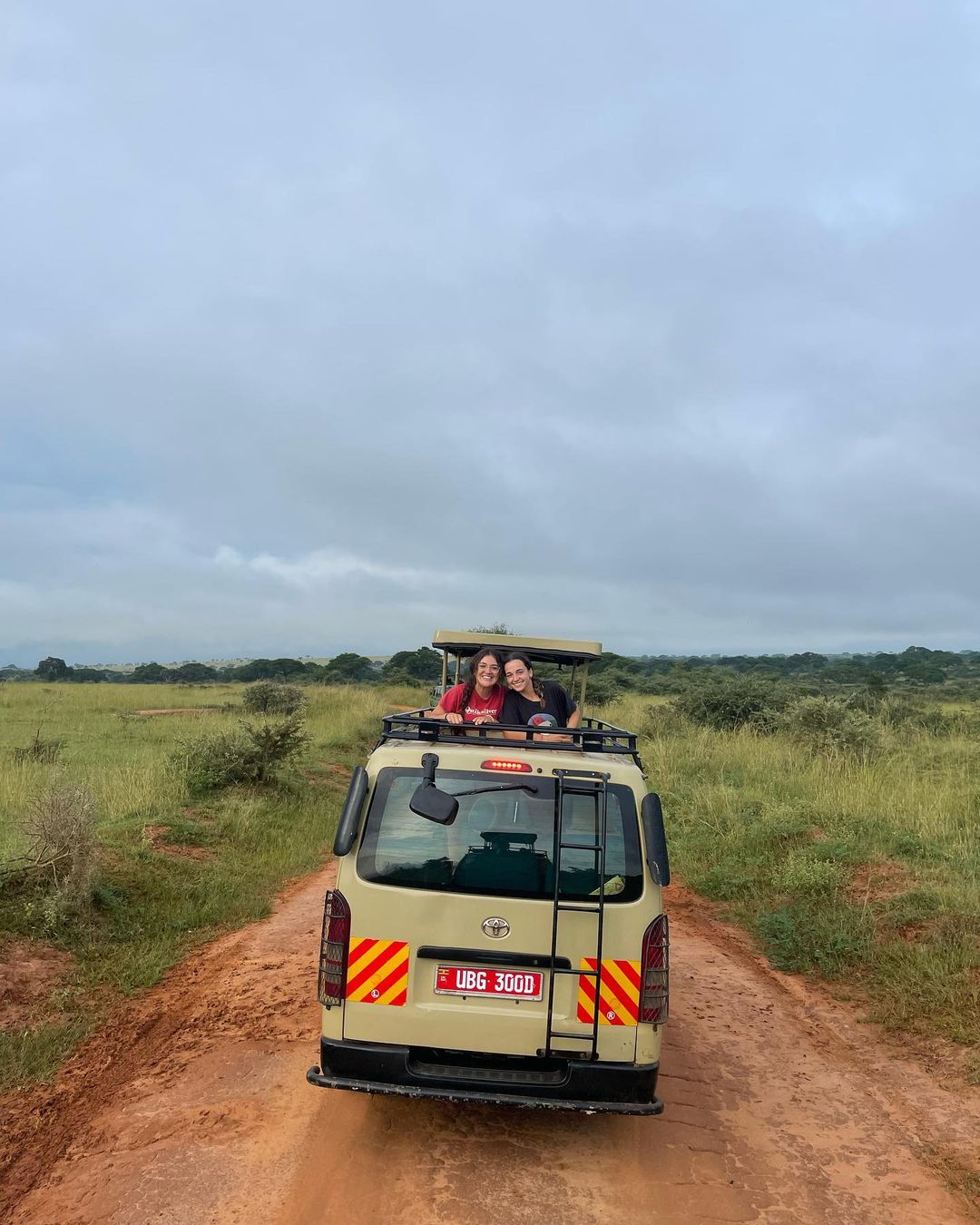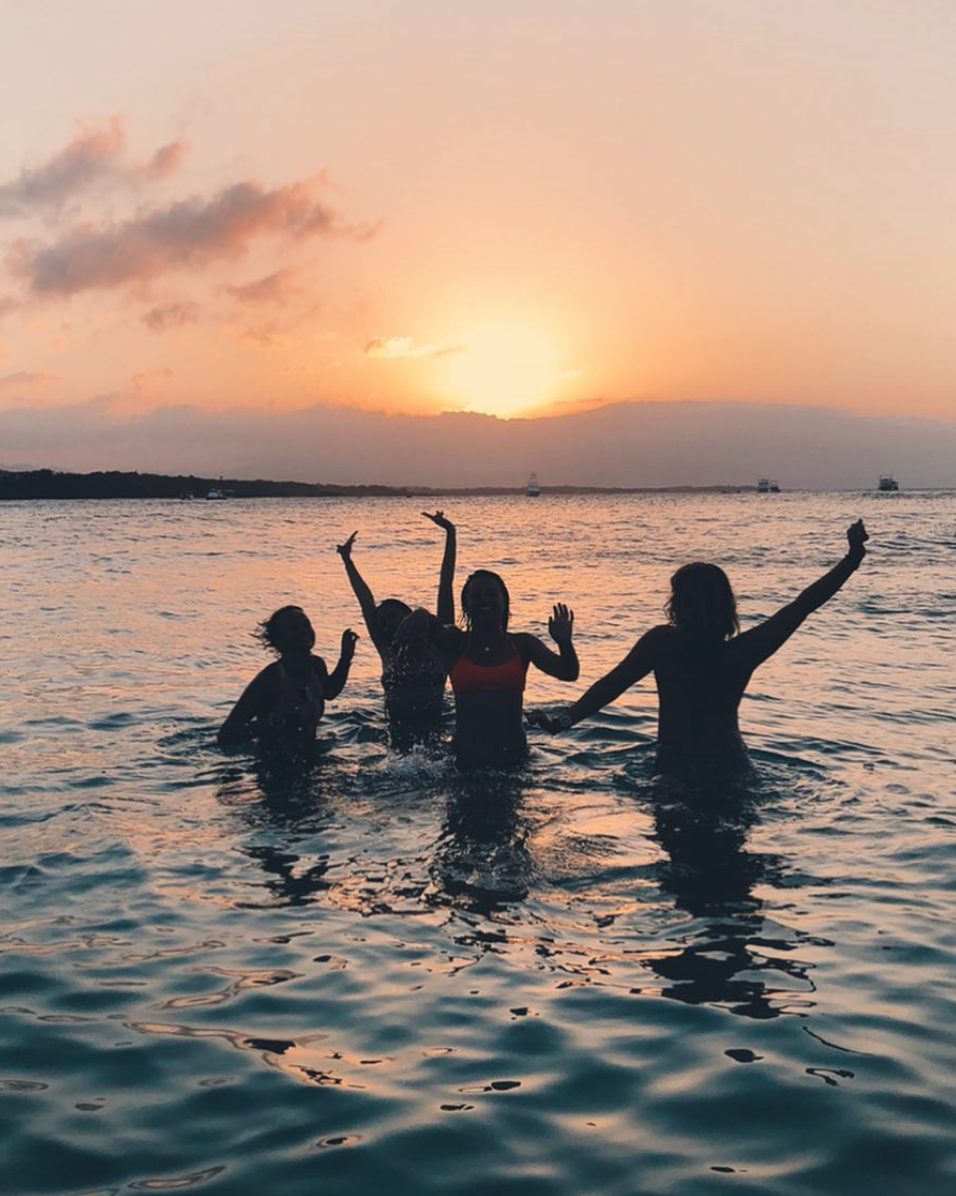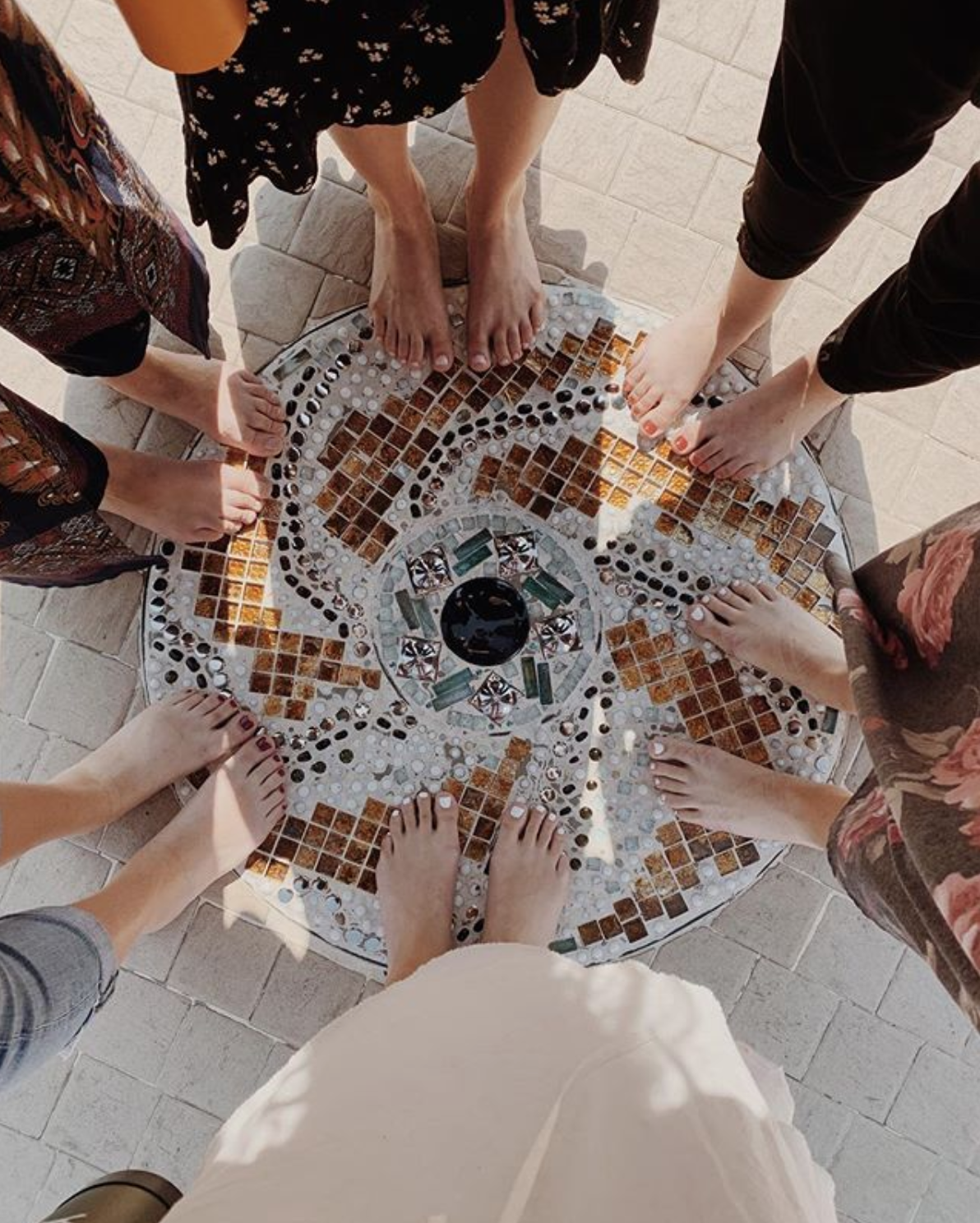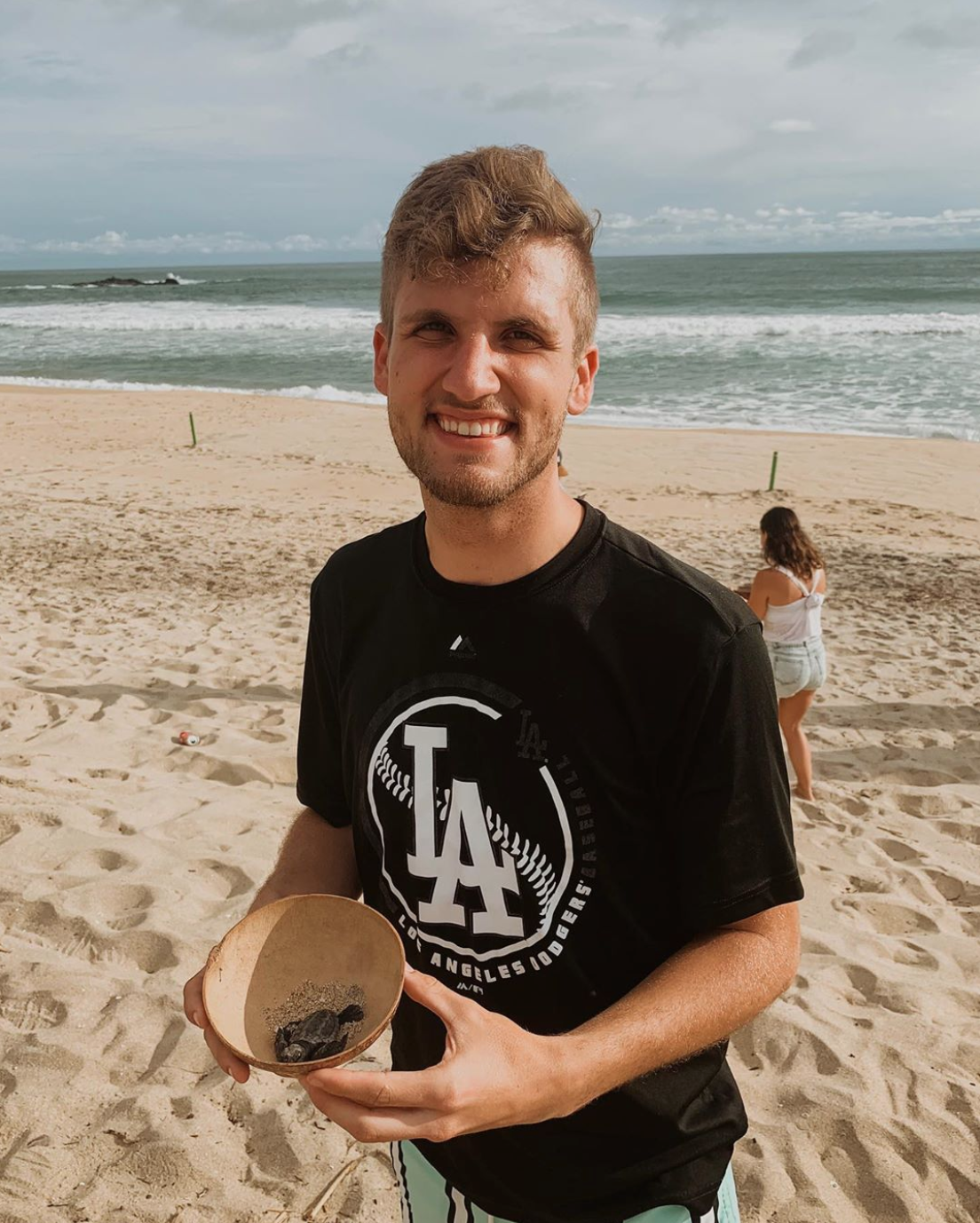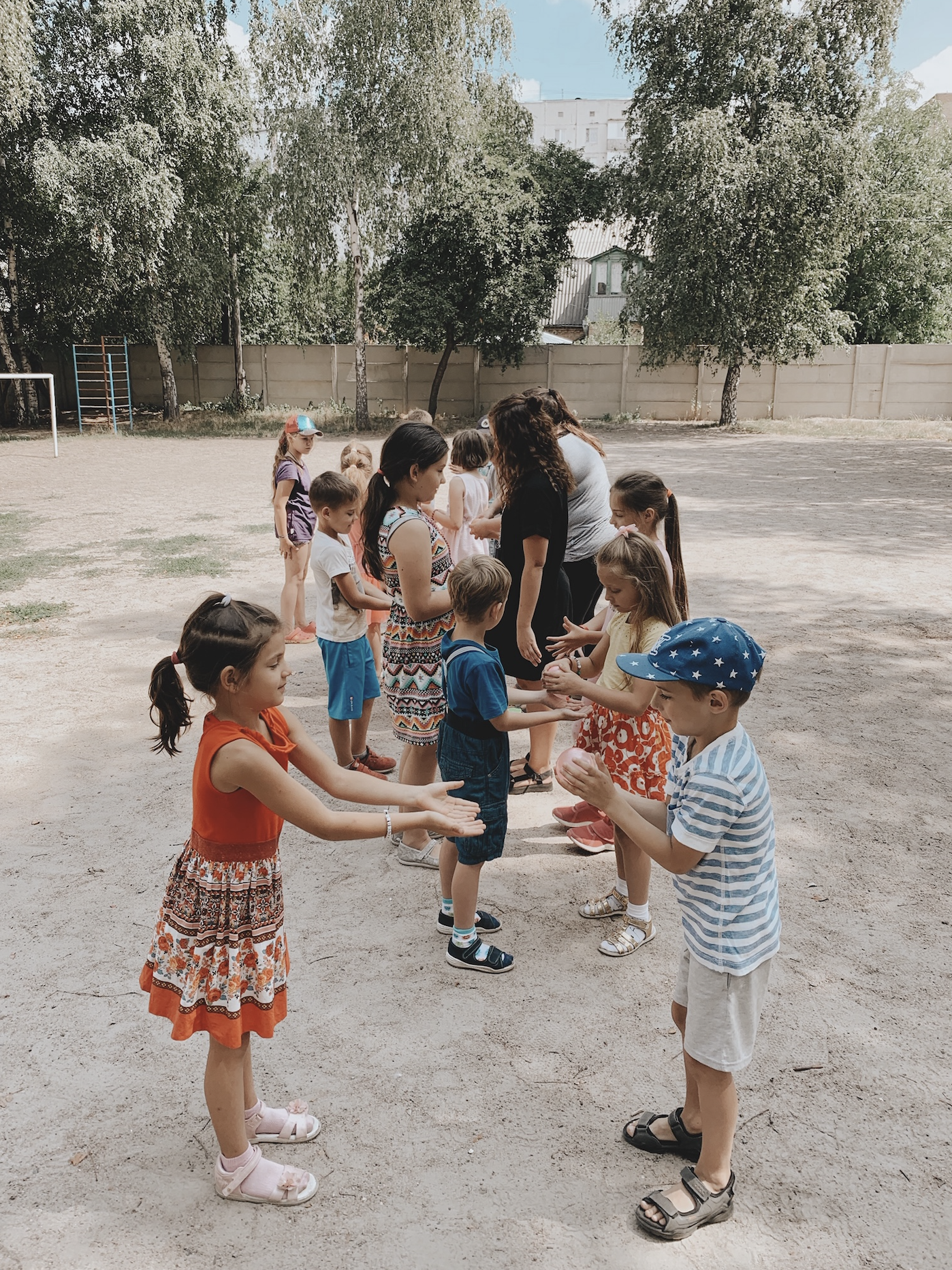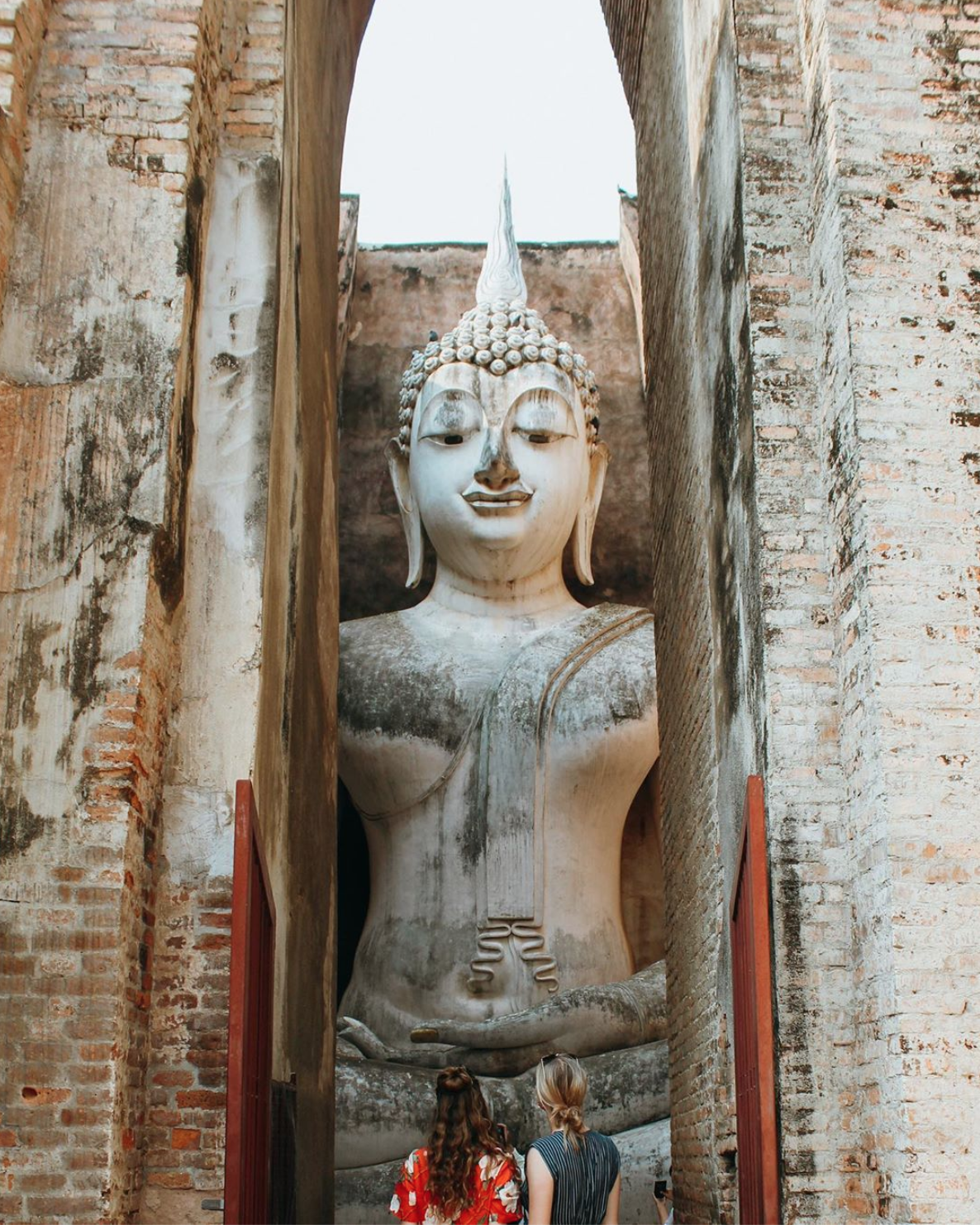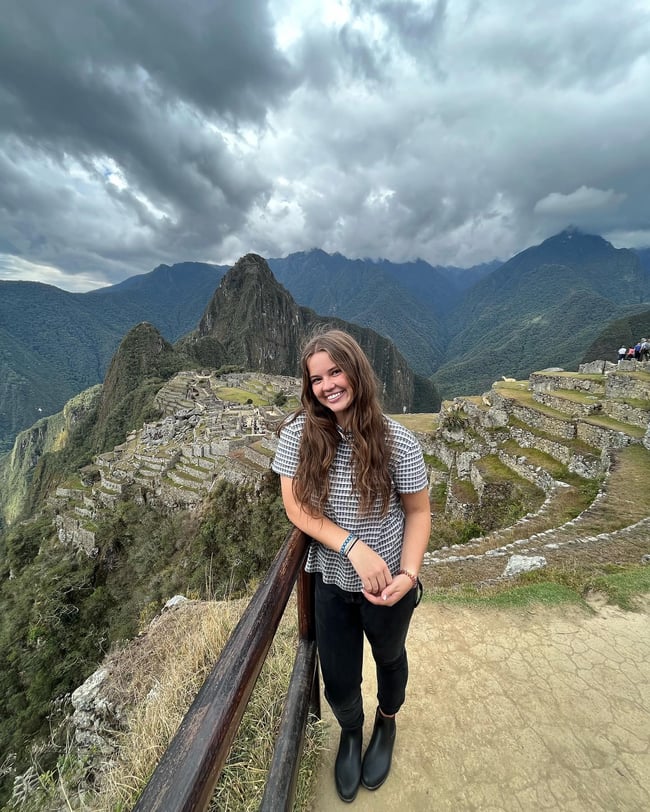
Want to hike Machu Picchu during your ILP semester? There are some things you'll need to know before you even start planning.
When spending a semester teaching English and volunteering in Central America with ILP, you can also spend a few of your vacation days seeing Machu Picchu in person. If you're interested in how you can visit Peru during your ILP semester, you've come to the right place.
Not sure if you're a good fit for ILP?
Get more info about our program by chatting with an ILP representative
Machu Picchu is such an iconic, bucket list sort of destination. I mean ... it's one of the 7 Wonders of the World after all. It's so popular that not only do our volunteers living in Peru go, but our volunteers in places like Costa Rica make the trip over as well! We've gathered all of their tips to help you plan out your trip here too.
First, Getting To Peru
International Language Programs (that's us!) does have volunteer opportunities right in Peru. If that's you, you can of course skip this section.
We also have volunteers making the trip to Peru from other locations though, coming from other ILP programs in Costa Rica, Nicaragua, and Mexico. If that's you, there are a few caveats to know right off the bat. Before you buy your flight to Peru, make sure to read this post. You may be required to have a specific vaccine, and it's also a fairly expensive vacation. There are just a few things to consider, but we cover all that in that post. Make sure you read it before setting your heart on visiting Machu Picchu during your ILP semester.
Not an ILP volunteer yet? Whether you're interested in Peru, Costa Rica, or any of our other countries across the world, you can apply right here.

What Is Machu Picchu?
You've likely already heard about this famous World Wonder in Peru's Andes and have a picture in your mind of a single peak, swirled with mist and towering over a step of ancient, slightly crumbling complexes … right?
These impressive ancient Incan ruins sit high up in the Peruvian Andes mountains, nearly 8,000 feet above sea level. In its peek days, it was an important piece of the urban Incan Empire, now known as the "Lost City of the Incans".
The city acted as a hidden capital in the 1500s — it was a refuge for Incans escaping the Spanish conquistadors. But fun fact: it wasn't discovered by the rest of the world until 1911 when an American explorer and politician, Hiram Bingham III, happened upon the site. When Bingham arrived, three families were living at Machu Picchu, farming the area.
The entire site is impressive: the buildings are put together so expertly (without mortar, I might add) that you can’t fit a piece of paper through the seams. The entire complex is made up of a famous irrigation system, agricultural plots, and homes for all the residents of the area.
Much of Incan history is a mystery that experts are discovering even today, but millions of visitors come every year to explore these stunning ruins. Machu Picchu is only one small piece to the puzzle though — don't miss exploring the entire Sacred Valley.
Getting To Machu Picchu
First, Head To Cusco
No matter which part of Peru (or the world) that you're coming from, the easiest access to Machu Picchu is through the southeastern city of Cusco. Peru is quite easy to travel across due to their extensive bus system, but we recommend flying into the Cusco airport (CUZ) to save on time.

Option 1: Tour Guide
We have to admit, while there are a million ways to see and do Machu Picchu, we really like the ability to hire a tour guide. There's so much to see in this area and having a tour guide just makes it more possible to pack in as much as you can during your time here. Peru is also one of those countries that has created an entire economy off of tourism. Because they have so many visitors every year, they've made a point to make it as accessible as they can. Tours are really popular in Peru, especially in Machu Picchu.
Here's what ILP Costa Rica volunteer Kristine P. said about her Machu Picchu adventure: "There are a lot of different options but I definitely will say that the only way I would do Peru would be through a trusted tour group!"
A tour company usually includes transportation from Cusco to Machu Picchu, and your tickets to get into Machu Picchu. It really streamlines to the entire process.
One group found and highly recommends booking with Hakutravel. Feel free to contact them about finding a tour option that fits with your timetable and budget (and be sure to see what the tour includes — like transportation, and tickets to Machu Picchu, etc).
We have also heard good thing about a multi-day jungle trek with Rasgos Del Peru (find these guys on FindLocalTours and a few other tour companies). Rasgos Del Peru has a few different tour packages, but one former ILP volunteer loved their 4 day jungle trek.
Recently our volunteer groups have been recommending a guide named Christian! His tour includes all transportation, tours within Cusco, a few meals, a private guide at Maccu Picchu, and an additional excursion to either the 7 Colored Mountain or Lake Humante. You can find him on Facebook here. Just ask him for his tour plans — he speaks English!
If you choose a tour, check to see where your pickup point is. Many tours offer pickup at the Cusco airport, so all you need to do is get here and you're set to go.

Option 2: DIY
It's also completely possible to plan out all the details of your own trip to Machu Picchu. Here are some tips below to help you make it happen.
The Cusco Airport —> Cusco city
Uber is huge in Cusco, so that's usually the most popular way to take transportation from the airport (unless you're doing a tour that picks you up there). Uber can also take you directly to whichever route you're taking from Cusco, whether that be the train or bus station. Have the Uber app downloaded before you leave.
Cusco city —> Machu Picchu
The journey is going to be a bit segmented, but it's a popular route and fairly easy to navigate. The easiest thing is to book your ticket ahead of time on PeruRail or IncaRail which will get you to the base of the mountain. IncaRail has an easy to understand description of their journey here, but essentially you're going to first take a van or bus to the town of Ollantaytambo. From there, you'll jump on a train to travel to Aguas Calientes (a town at the base of the mountain, about 10 km from the ruins).
Tickets tend to book up in advance (remember how we said this place is oh so popular?). We can't recommend enough that you book as early as you can to secure your spot.
Heads up: depending on the class of train, you'll pay anywhere from $40 - $400. These can get ritzy, so double check your options if you don't want to spend hundreds on a luxury train ride.

Machu Picchu Bus Station (in the town of Aguas Calientes) —> Machu Picchu entrance
After arriving at the Machu Picchu bus station, know that you're still about 10 km from the ruins.
Option 1: Bus — it's just a 30 minute drive and there are frequent busses shuttling travelers to and from the ruins. Aguas Calientes is very small so it’s easy to find what you need. You'll need to pick up your ticket in person, so check out this resource for everything you need to know about how to arrange that.
Tickets cannot be purchased in advance (just to remind you, we recommend booking your train tickets in advance, and your Machu Picchu ticket in advance ... but not these tickets).
Be aware that the shuttles can get very crowded and tickets do sell out, so arrive very early, before/after the rush to help guarantee you get a ticket. Some bloggers suggest arriving and lining up 90 minutes or more in advance to make sure you get a spot on the bus you want (or one shortly after). Buses depart once they are full, which happens pretty frequently, thanks to all the visitors. One blogger gave this timetable to help you plan out how long your wait will be but this varies drastically depending on when you are visiting, so don't use it as a huge rule of thumb, just a suggestion.
Option 2: Hike — if you're feeling adventurous, it's possible to hike all the way up to the ruins. Plan on about 90 mins of hiking up a stoned pathway. It's moderately challenging, so some travelers opt to take the bus up and then hike back down. That's a good option if you're wanting to spend more time at the top. Here's a good guide if you're looking for info about the trail.
It's free to hike, but you'll need to show your entrance ticket to the ruins at a checkpoint along the trail.
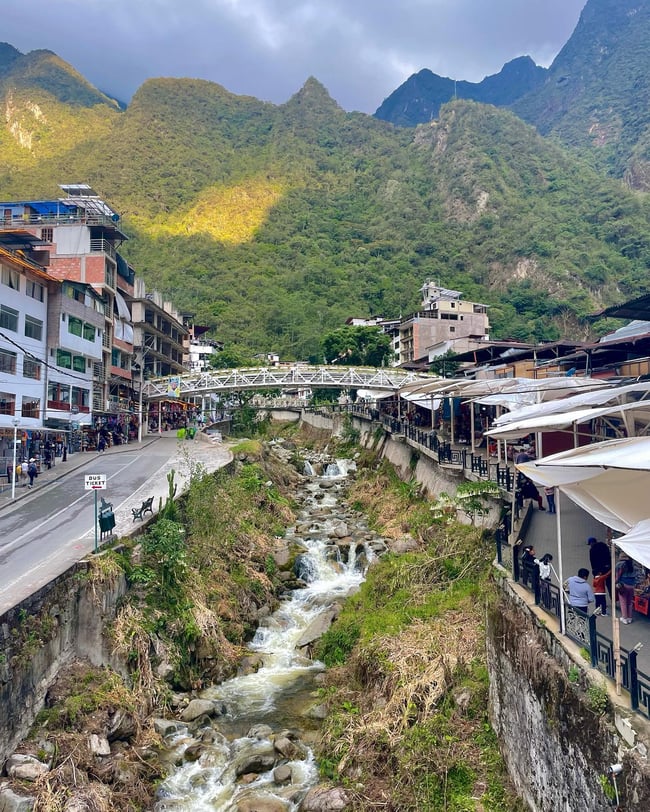
Getting Your Machu Picchu Tickets
Only 2,500 people are allowed to enter Machu Picchu per day (4,000 in the high season), with a limited number of people actually allowed on certain trails. And you know the really famous peak, Huayna Picchu, in all of the Instagram pictures? Only 400 people per day are allowed to hike up there.
Here's where to book your ticket. Most people suggest booking in advance, so it's a good idea to book it the minute you know you're going. You can also book your Huayna Picchu ticket here, and that must be booked in advance, no ifs-and-or-buts about it. The Huayna Picchu and Machu Picchu are two separate tickets. Tickets for Machu Picchu are about $45.
This blogger has an extremely helpful step-by-step guide for booking on this site.
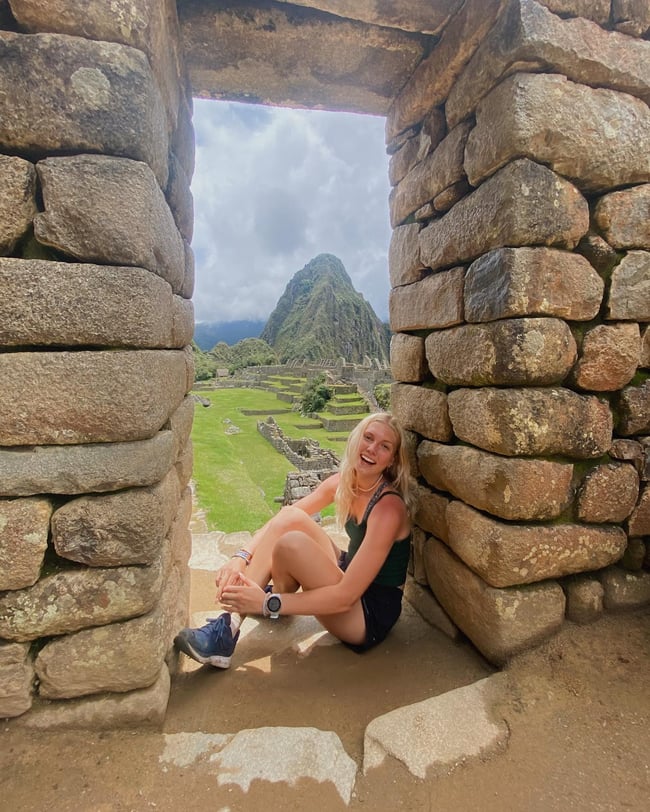
Where To Stay
Whether you're booking a tour or not, you may want to stay the night in Cusco at some point in your trip. There are several options in Cusco. Since we're budget travelers looking to save our money for the adventures, we tend to love hostels. Below are a few that ILP volunteers have stayed at to get your search started. And as always, make sure to check recent reviews!
One ILP group stayed at the Wild River Hostel and recommended it. Dorm prices are really affordable.
Pariwana Hostel is another ILP alumni recommended hostel. It has very very high ratings and boasts a perfect location and helpful staff. (We also love the free breakfast).
Another group stayed overnight at the Kokopelli Hostel Cusco, a 200 year old house with great reviews. We're loving the two-minute walk to the city center, free breakfast, and helpful staff. Some reviews mention that this is a hot spot to stay in though, which means loud crowds and guests who like to stay up late (it doesn't make for a great night's sleep unless you have an eye mask and ear plugs).
We've also had groups stay at Hommam Hostel, a boutique hostel that has a great location and offers rather pretty photo ops.
The last place we'll reccomend from past volunteers is International House Cusco. It is a five-minute walk from the city center, has free breakfast, and a 24-hour reception. They also will hold your luggage for you! Some mention that at night the water turns off...so be sure to have water bottles to brush your teeth, and to go to the bathroom at a local shop before you head home for the night.
Insider Tips
Passports
You absolutely have to have your passport with you in person when you book any train tickets or go through the gates at Machu Picchu. Make sure that's the first thing on your packing list. Do not leave it behind. I repeat, do not forget your passport!
Also, once you walk through the entrance gates at Machu Picchu, you can get your passport stamped. The stamping office is from 8:00 AM to 5:00 PM, and expect a bit of line, especially if you’re visiting between 2:00 and closing.
Notes On Packing
Definitely pack warmer clothes. You're going to be at a higher elevation which gets chilly. Even the hostels can be cold as they don't have central heating.
That being said, pack very light, the hostels there almost never hold your luggage for you, so unless you're booking an extra night so that you don't have to check out, you'll be carrying everything you brought with you up to Machu Picchu.
Shopping
Plan to buy bottled water while you're here. You can't drink the tap water and you'll want to stay extra hydrated while exploring the mountainside.
There are lots of souvenir opportunities and you can actually find good deals if you bargain hard (some basic Spanish comes in handy for this part). You can find ATMs all over Cusco's city center.
Getting Pictures With Llamas
You'll find these cuties in Cusco, but it's really touristy (you will see a local and llama dressed up for a picture if you want to pay a couple of dollars all around Cusco).
Our pick? You can see herds of llamas hanging out on the hills in the small city of Sacsayhuaman. This is the closest to Cusco; you can walk there in 30 minutes (it's up a hill, so you can take an Uber if you don't feel like walking) but we suggest visiting this place to see llamas in a more natural habitat.
Around Peru and particularly around Cusco, you'll find similar ruins that have llamas hanging out if you'd like to explore that. Or, if you're lucky, you'll stumble upon some while exploring the ruins of Machu Picchu.


How Many Days Do I Need?
We have way more info about your itinerary planning for Peru here — including a price breakdown on flights and itinerary schedule for longer trips and shorter trips to Peru (if you want to look at how past ILP groups have done it).
The Deal With Huayna Picchu
If you would like to hike Huayna Picchu, that requires a separate ticket. Your ticket will include a ticket time that you HAVE to enter in by (like 10:30 - 11:00 AM). You have to enter the park by that time, but there is not a designated exit time. You can spend as much time as you want once you get inside, just know that you have a specific time for entrance.
We suggest entering when your ticket says, then just hanging out around Machu Picchu until the clouds clear up so you can get your pretty pictures of the viewpoint and such. Because that's why you came, right?
Best Month To Visit
The busiest season is in the summer (July and August), so if that’s when you’re visiting, plan on lots of people hiking the trail or meandering through the ancient complex. It’s the busiest, but also the driest. The rainy season here is between November and March; you’ll most likely have more fog and clouds in the morning and evening which could cloud your views, plus be prepared for some rain.
If you can swing it, visiting April to October (minus July and August) would be our pick, though you will still see quite the crowd from May to September (and in other months throughout the year). This place is pretty famous, which comes along with lots and lots of visitors no matter what month you're visiting.
Heads up — the Inca Trail closes during February for restoration, so if you plan to trek to the summit, avoid visiting in the month of February.
Best Time Of Day For Your Visit
It’s worth getting up very early and arriving in the late afternoon/evening if you’re looking for the best pictures. Machu Picchu is typically the busiest between 11:00 AM and 3:00 PM (which is when the buses and trains arrive to drop off visitors), but there is usually a mad dash of tourists trying to get an elusive sunrise picture.
Speaking of, the sun is hidden by the peaks and the mornings are often very foggy, almost a guarantee on rainy days. Sometimes the fog is so thick, you can’t see the complex or peak at all. Arriving at dusk (late afternoon) helps you avoid the crowds and still get a good picture. If you do arrive when it's cloudy or misty, you can hang around the ruins once you get inside to see if it will clear up enough for a picture.
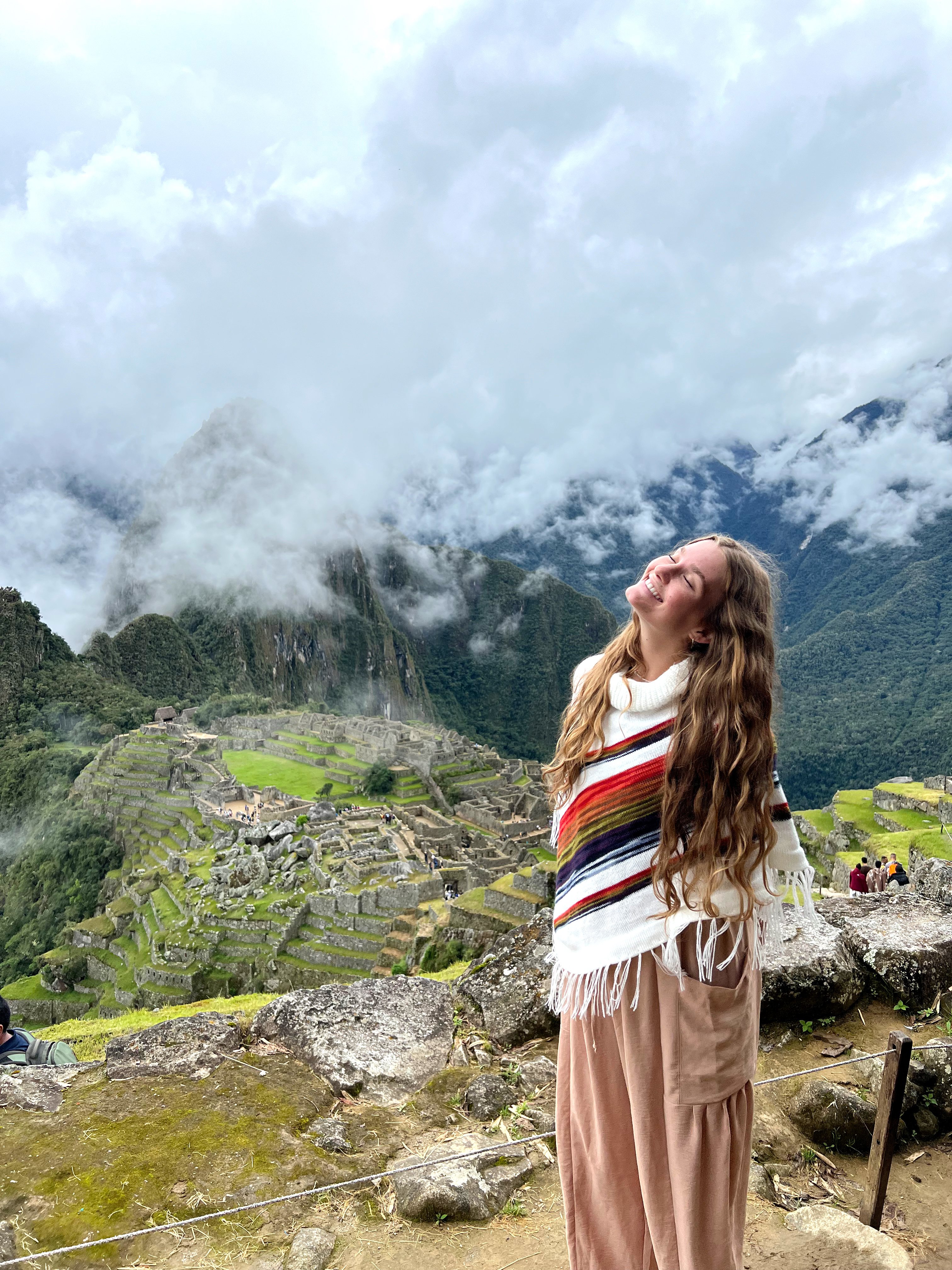
You're ready for an adventure!
Come spend a whole semester living abroad, and take vacations to places like Machu Picchu as an ILP volunteer! We have decades of experience sending groups of college-age volunteers to teach English or help in an orphanage, with vacation days, free time, and weekends off to do tons of exploring. We're big fans of our program in Peru, especially if you want to see places like Machu Picchu!



